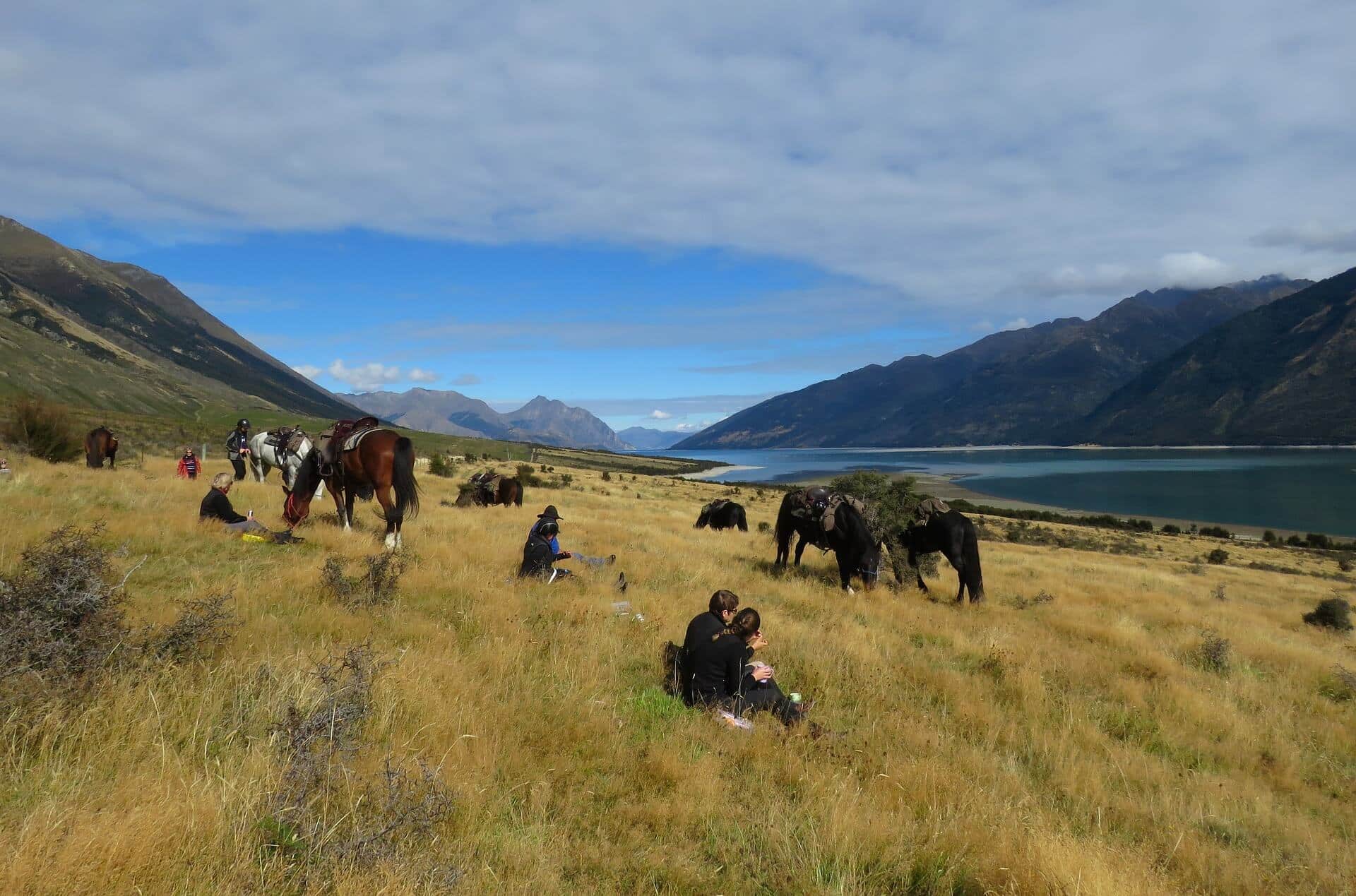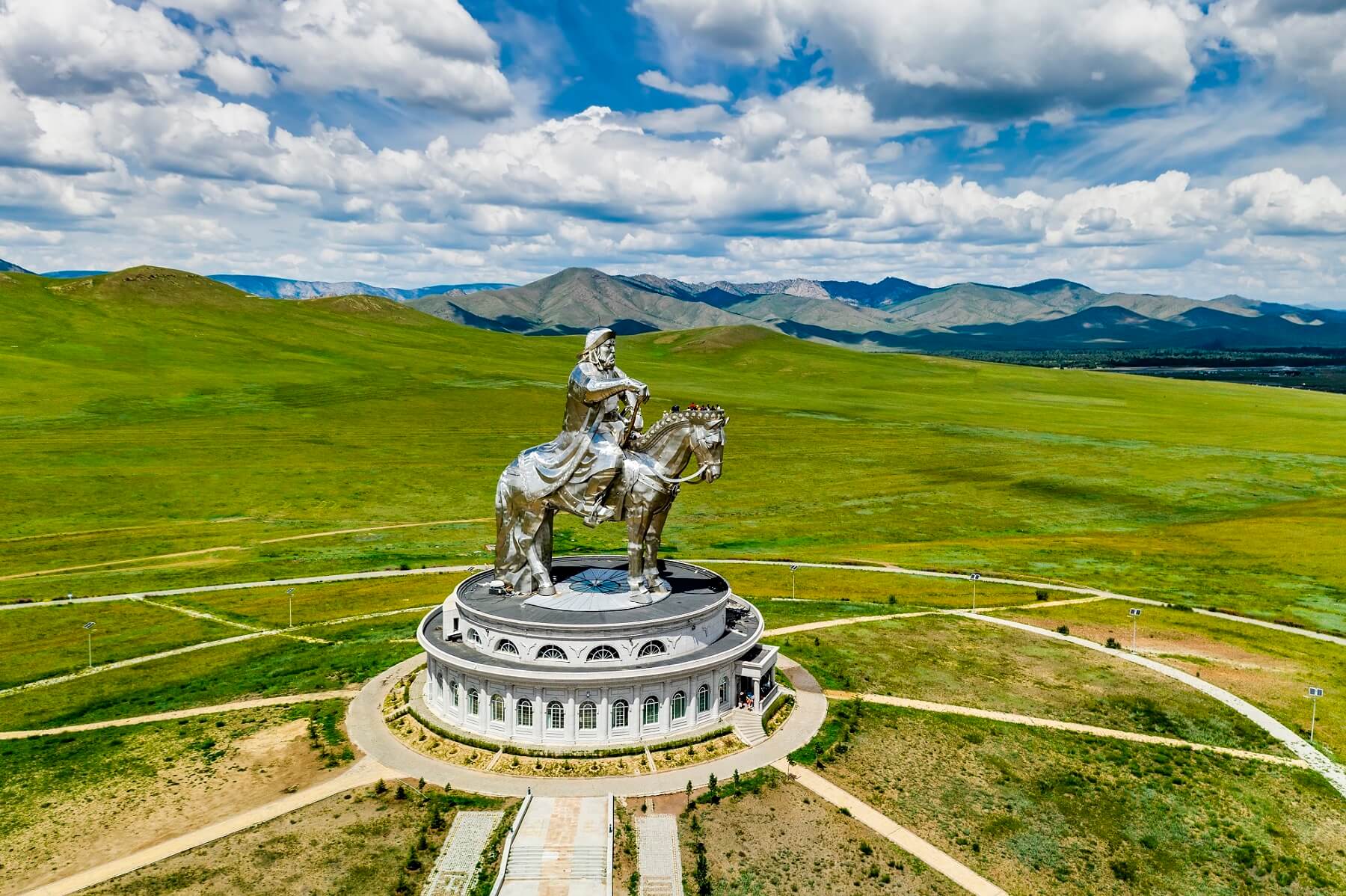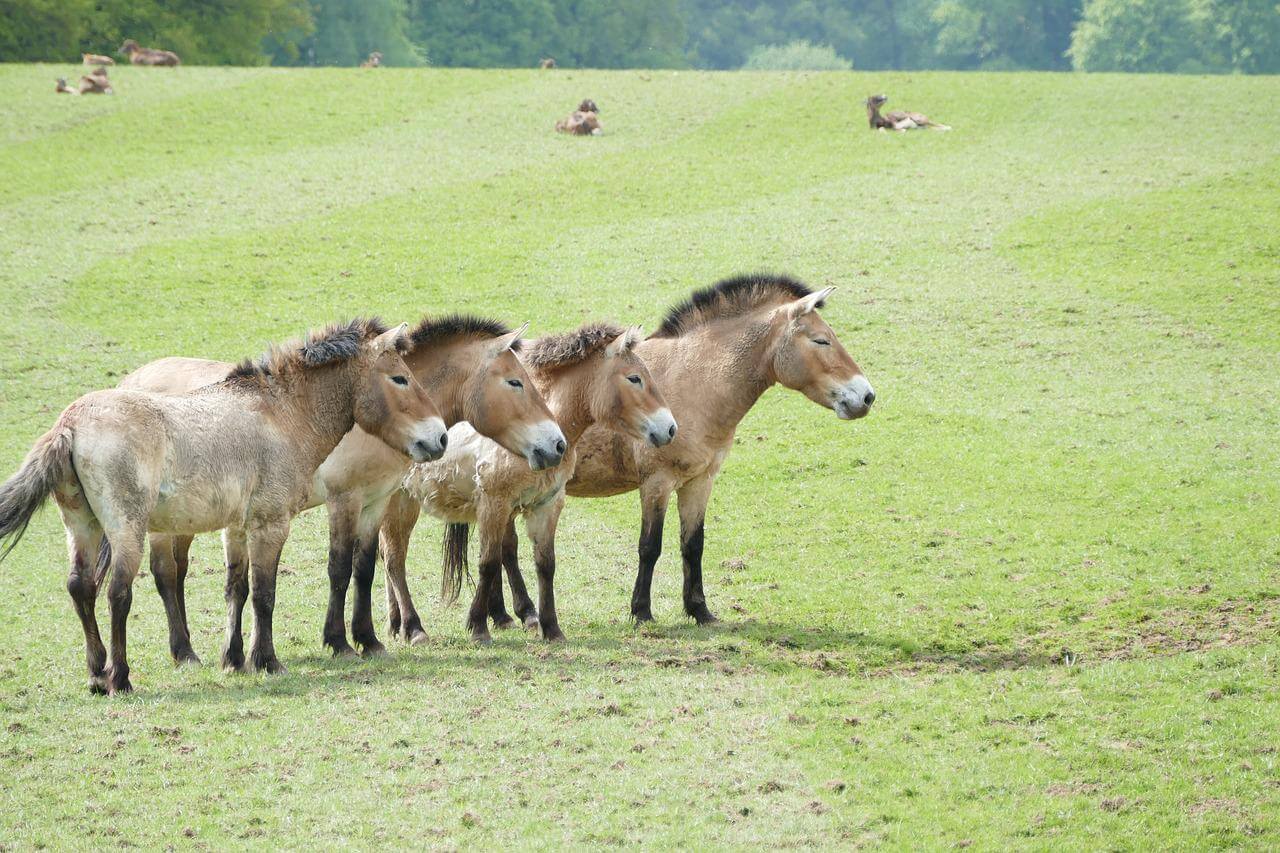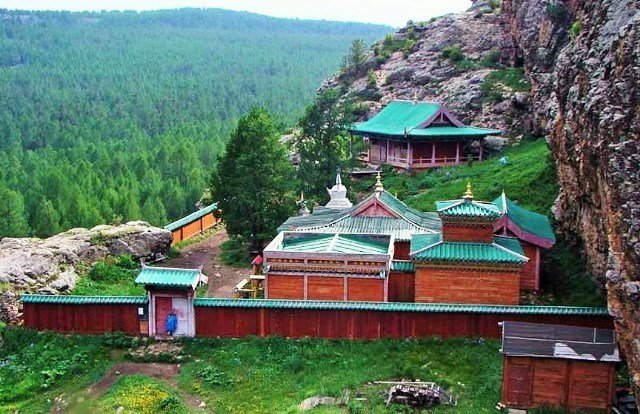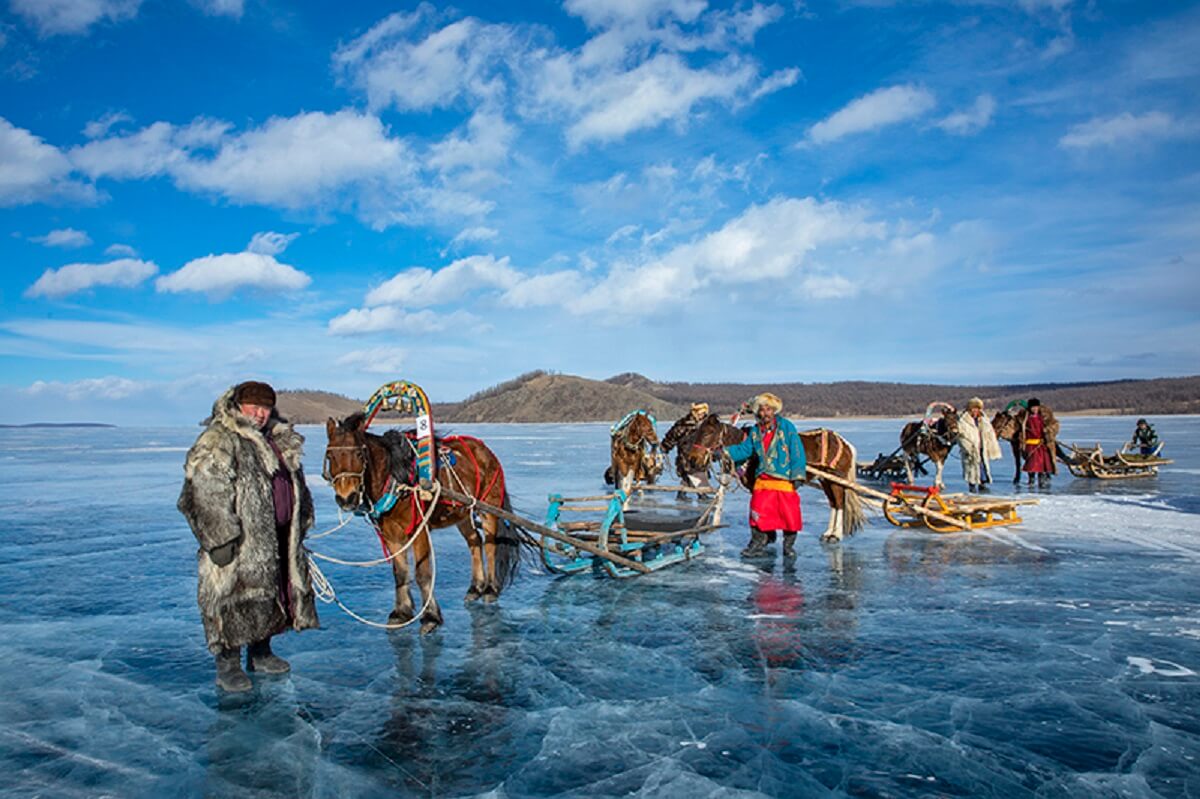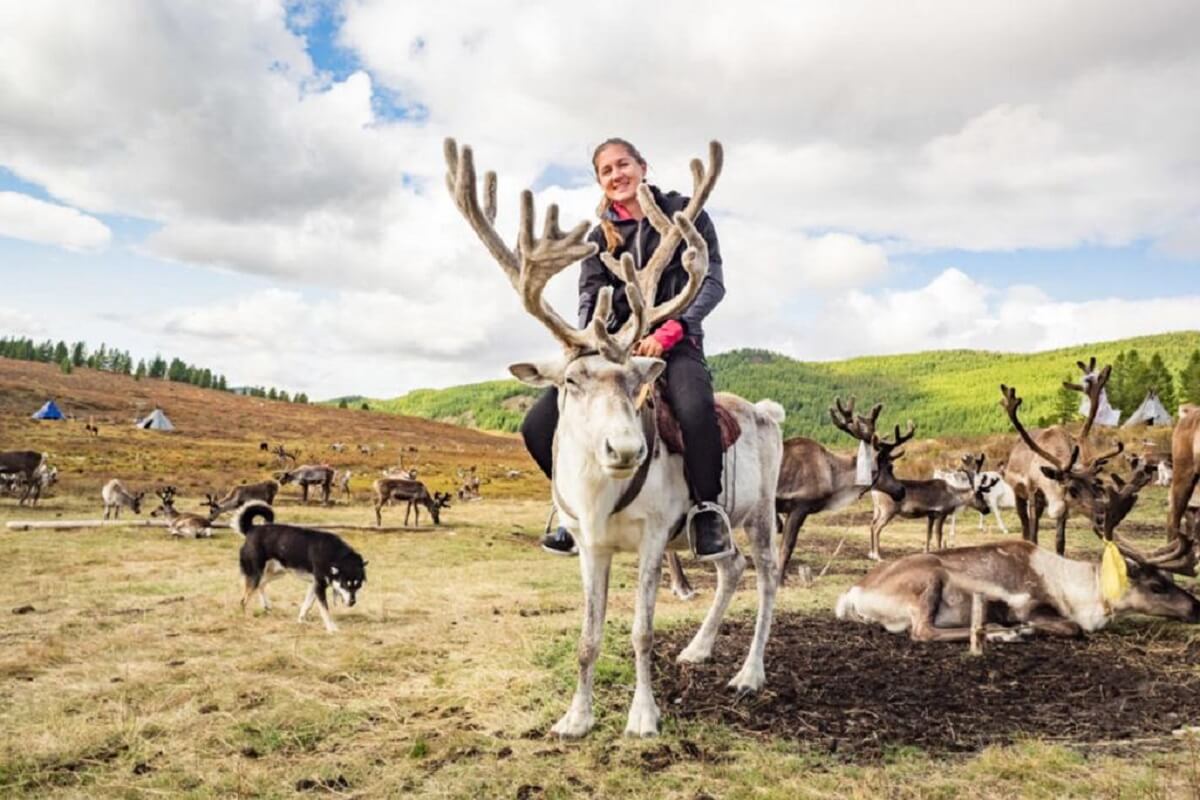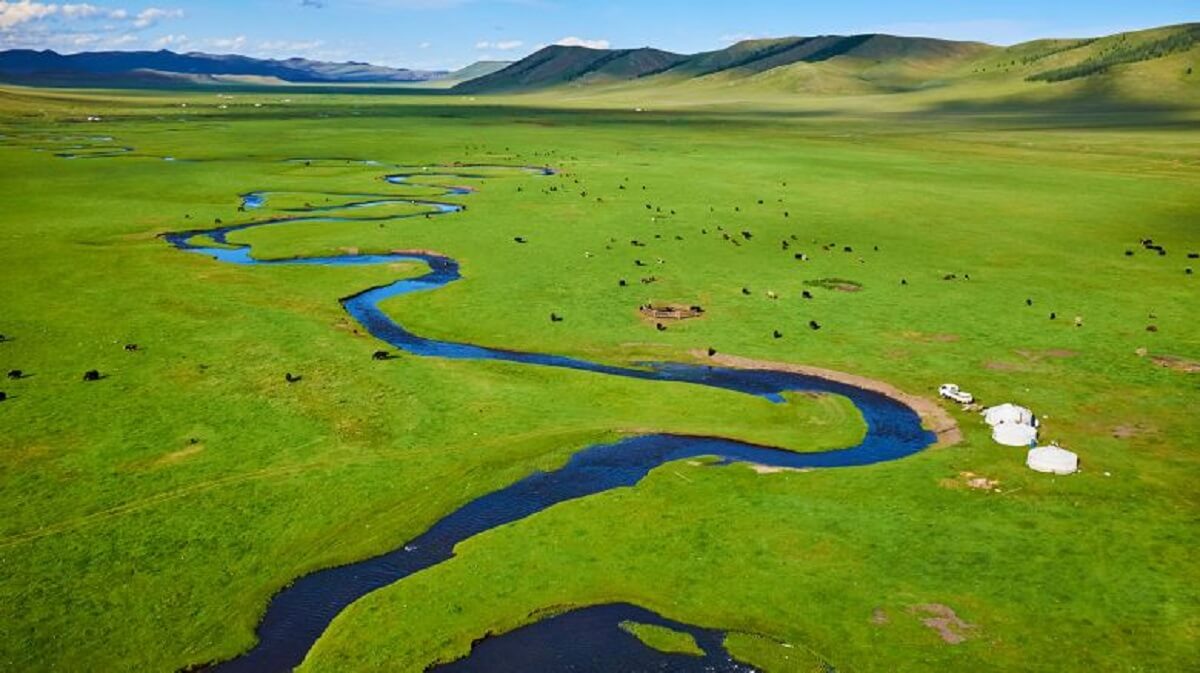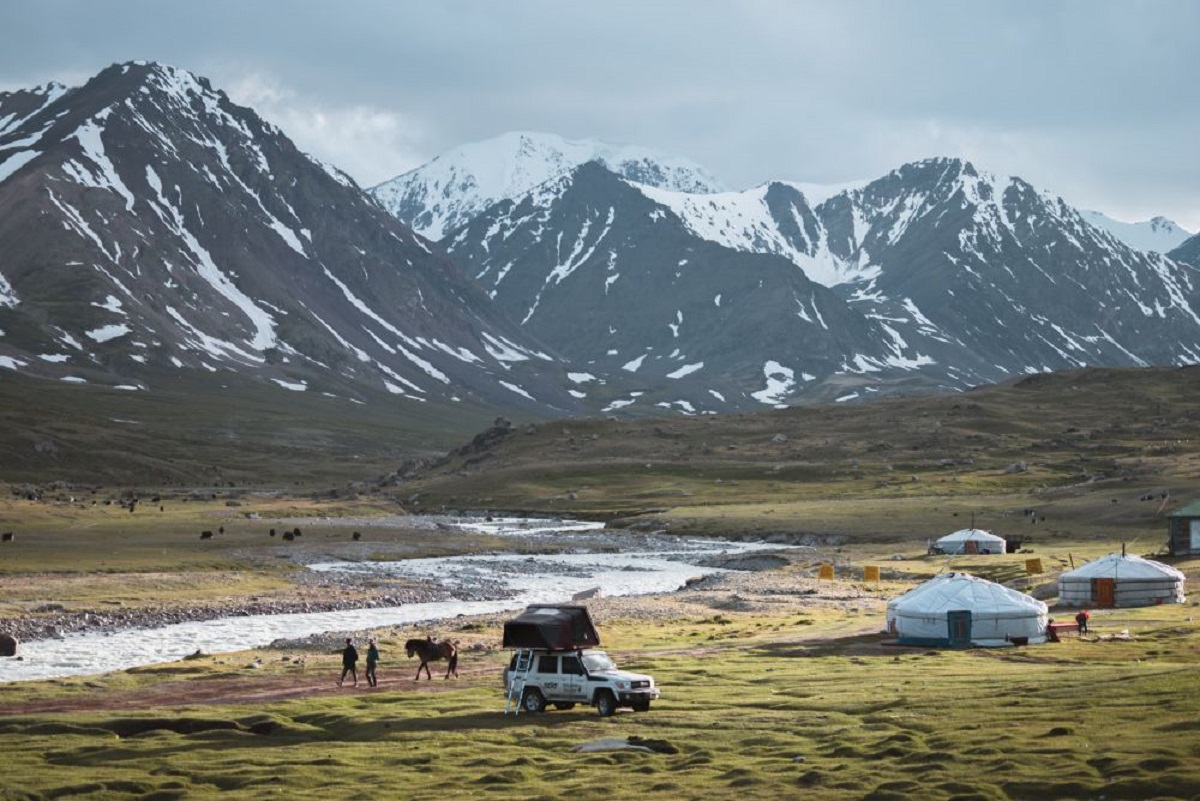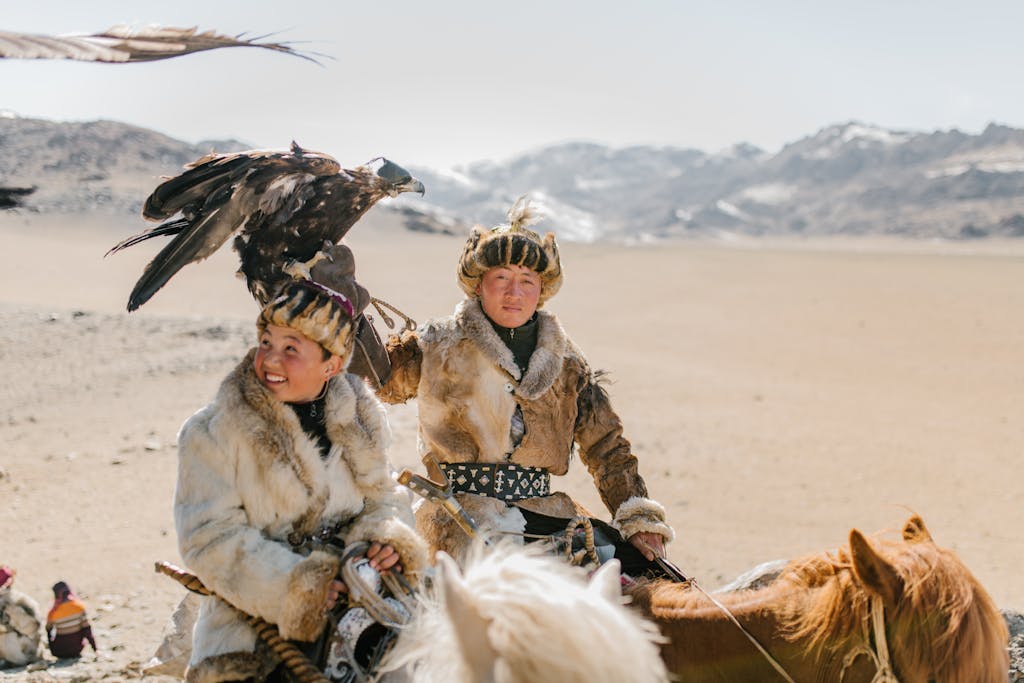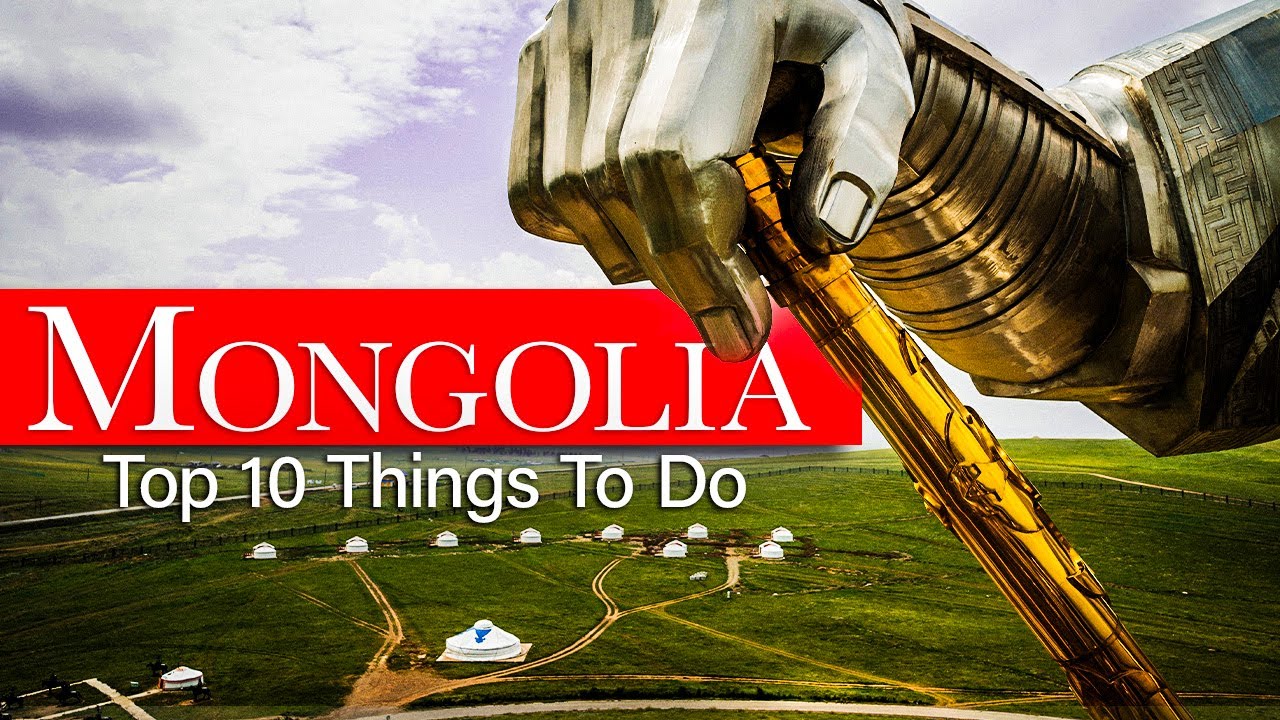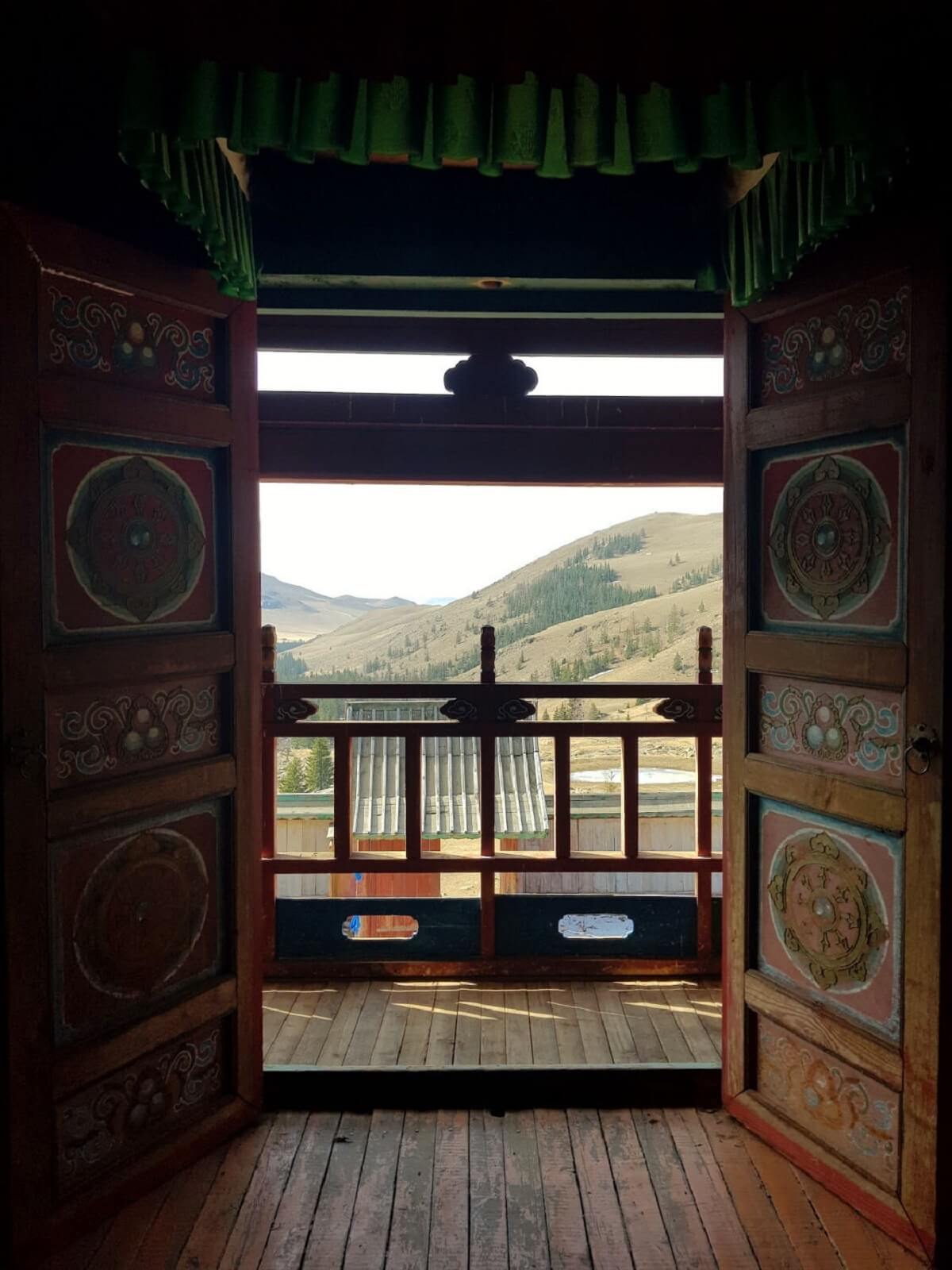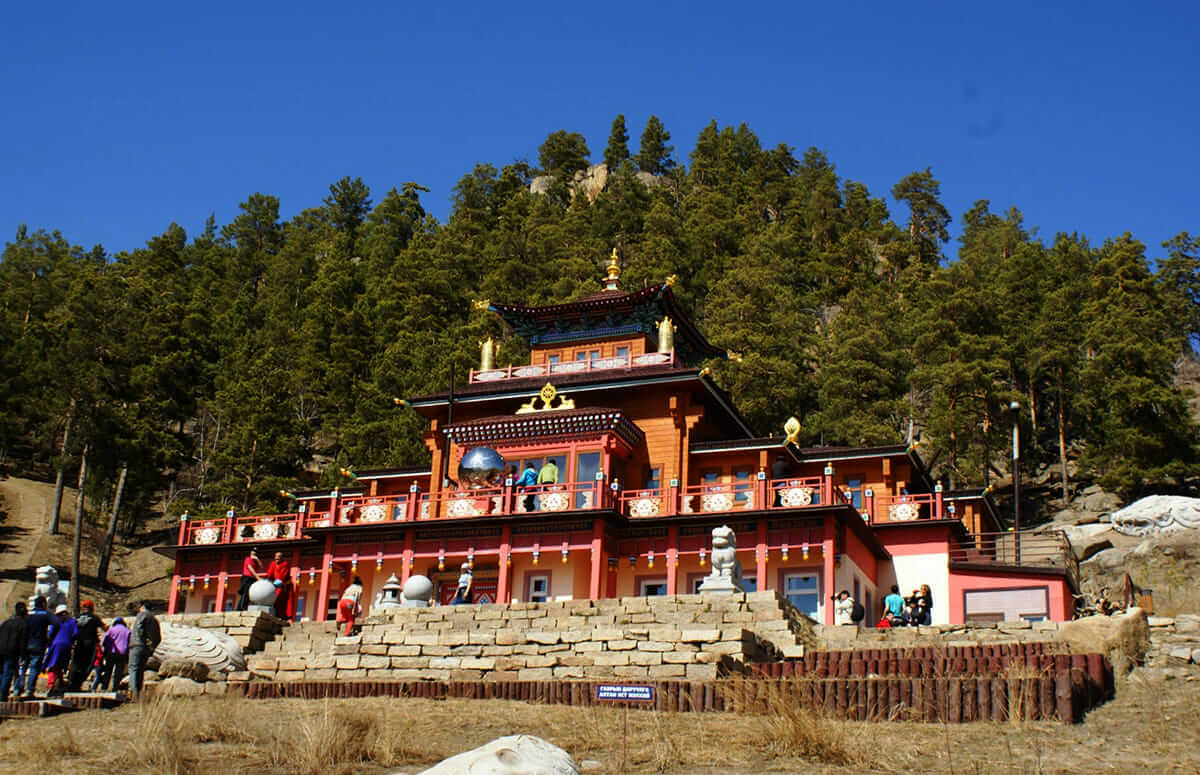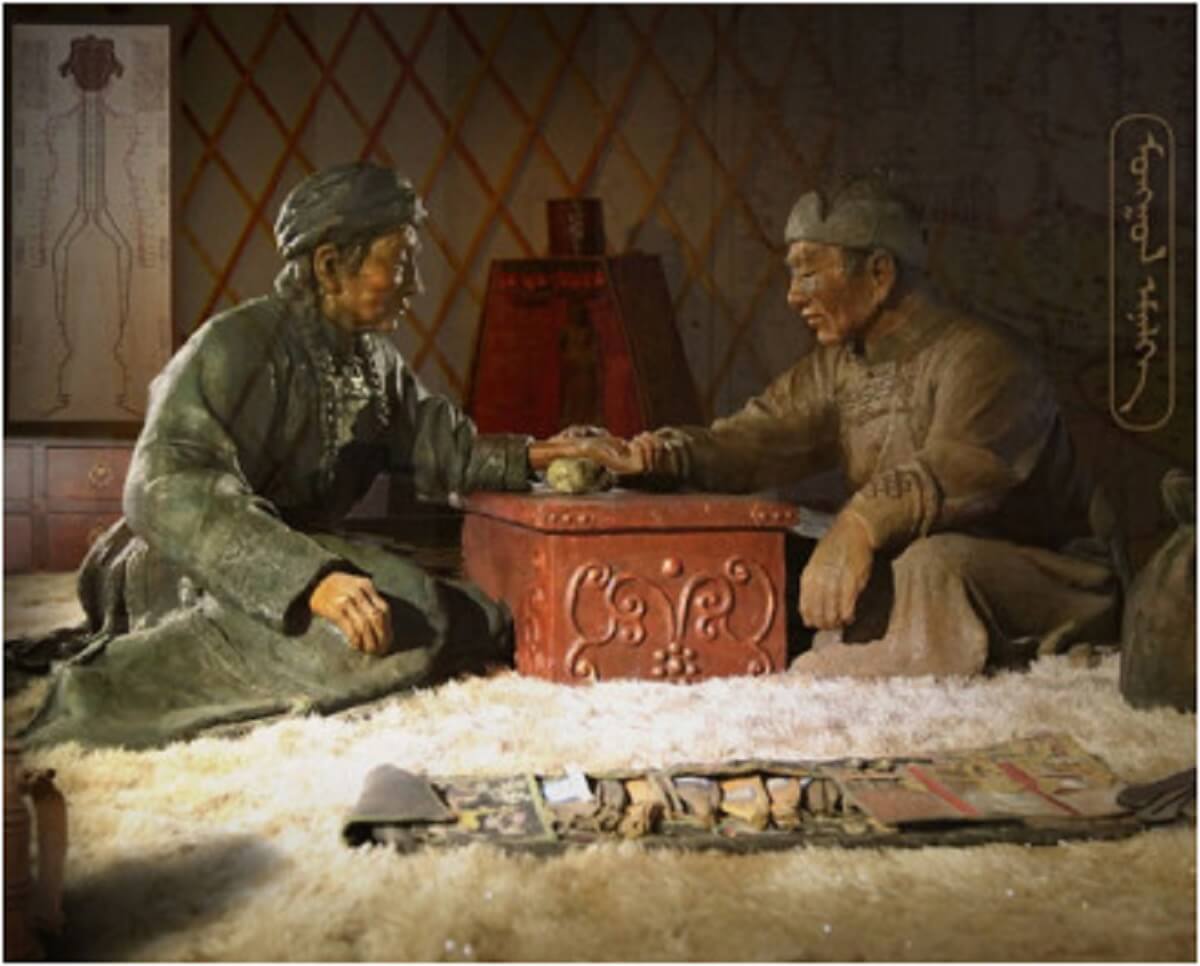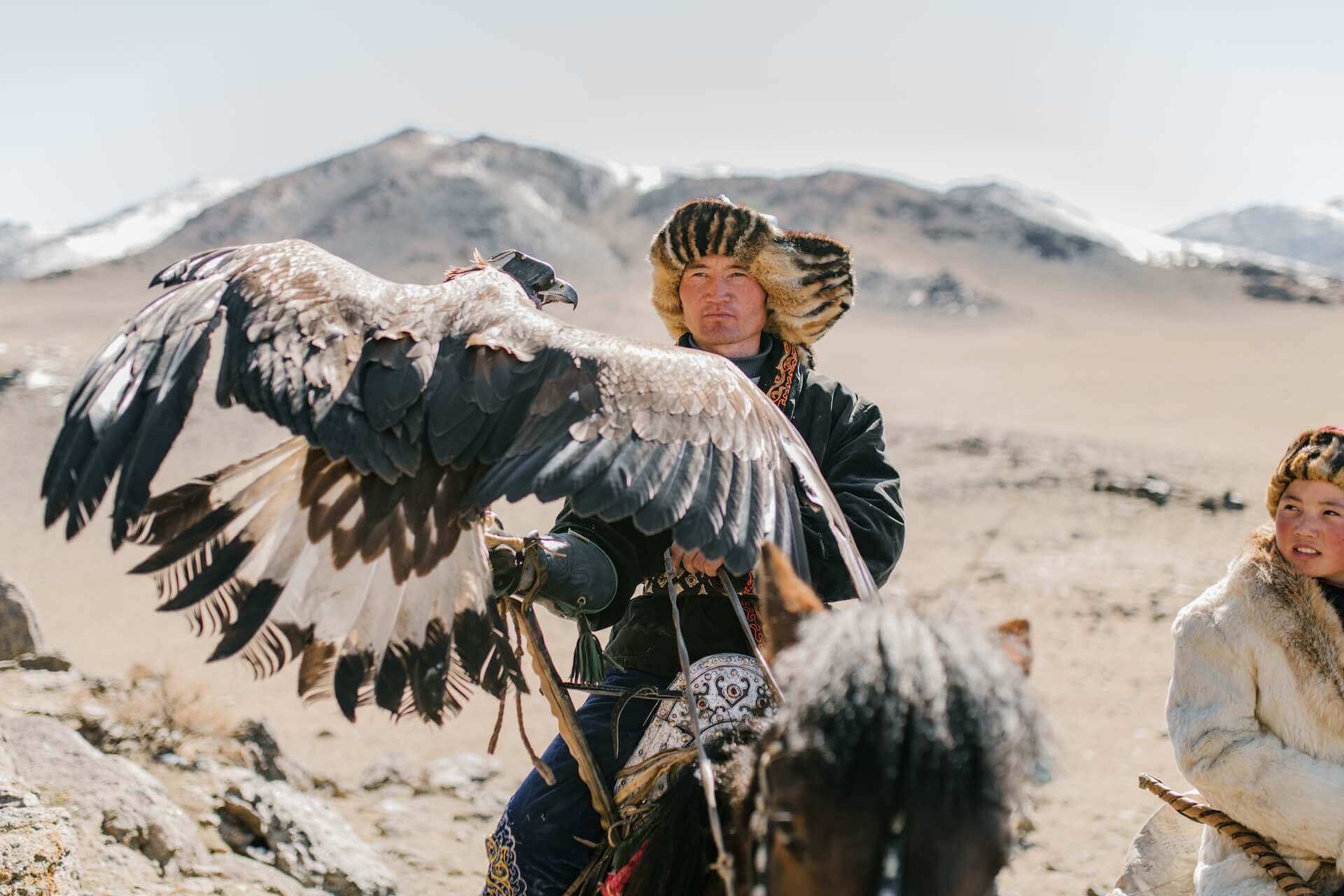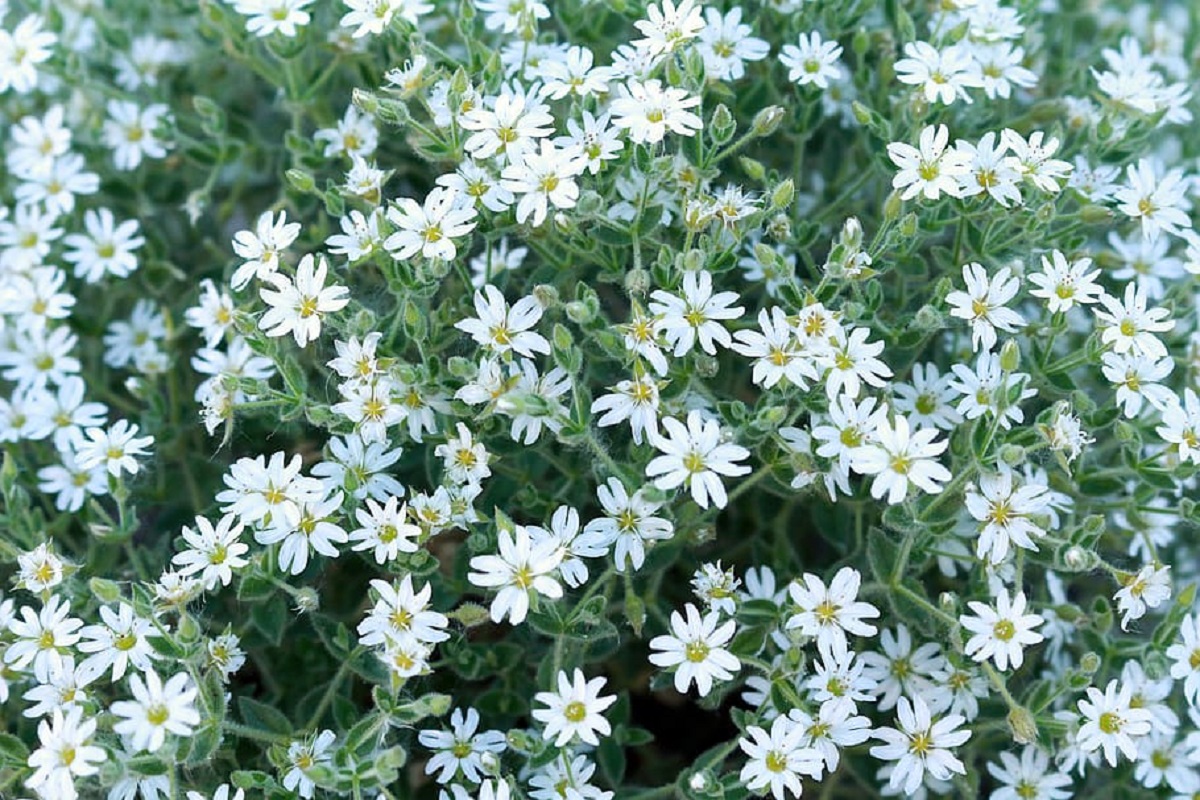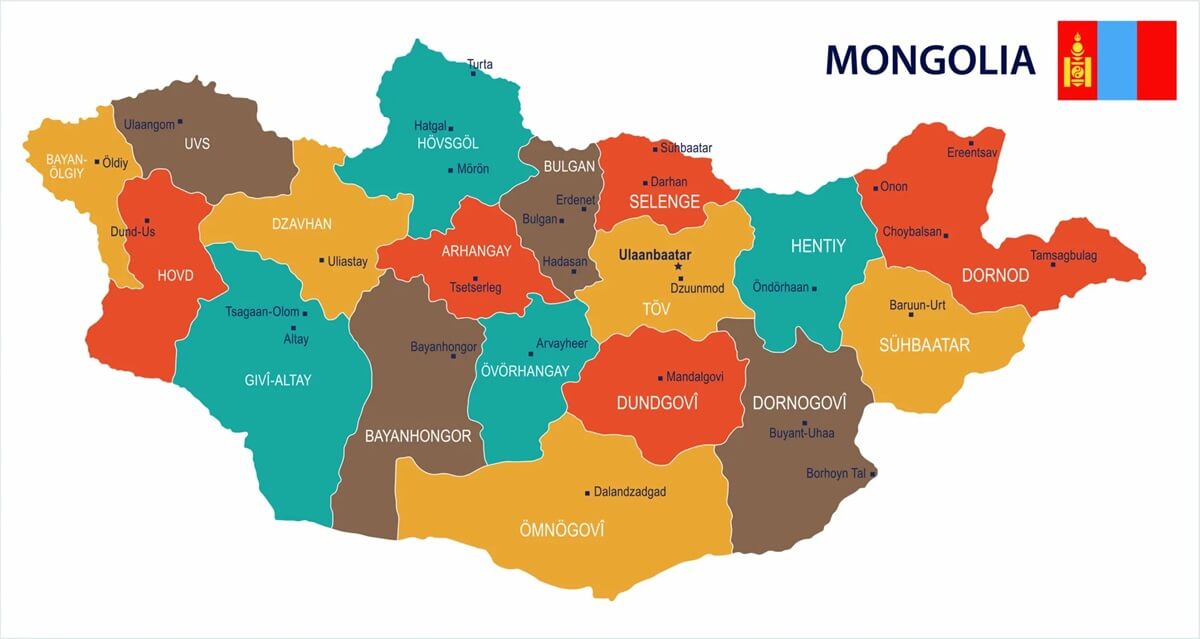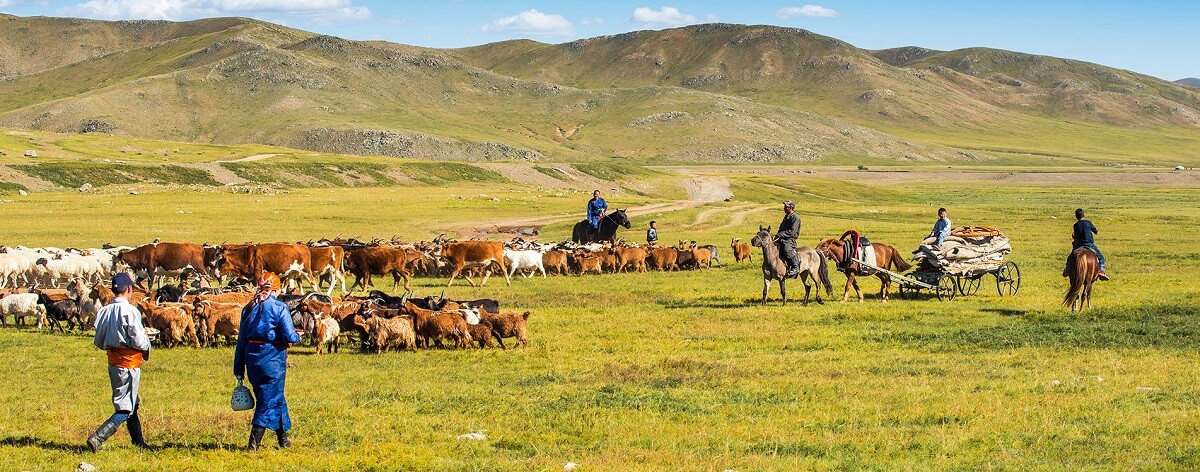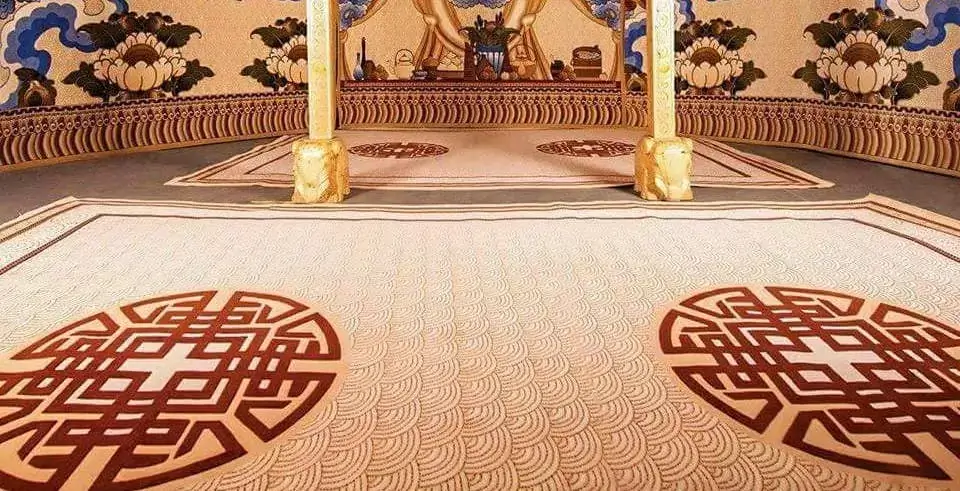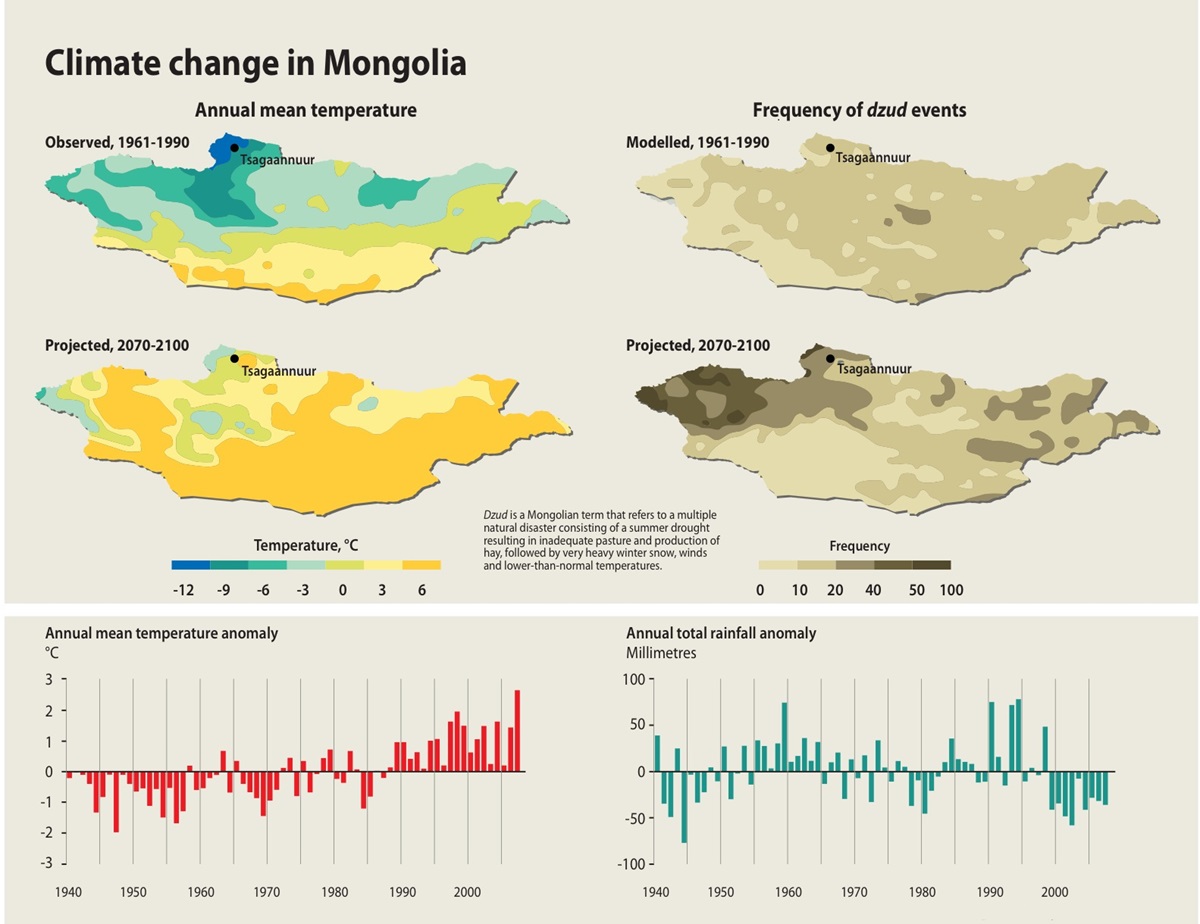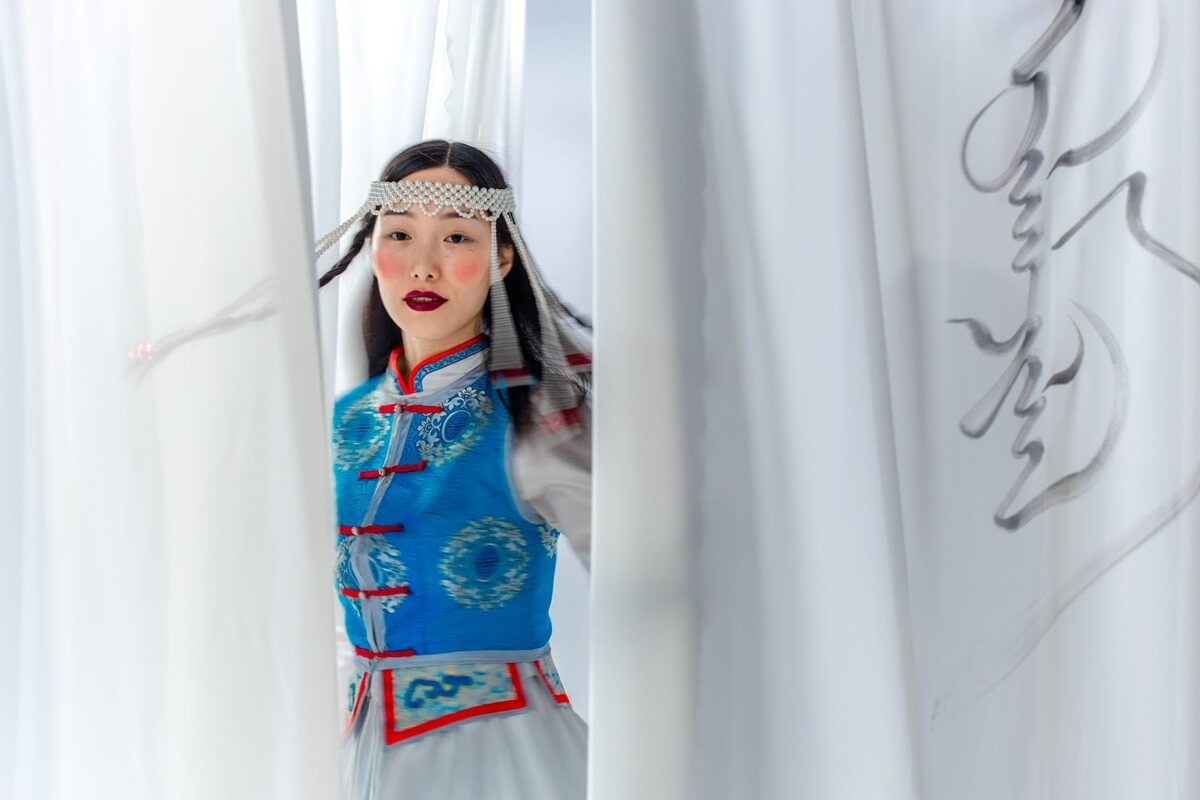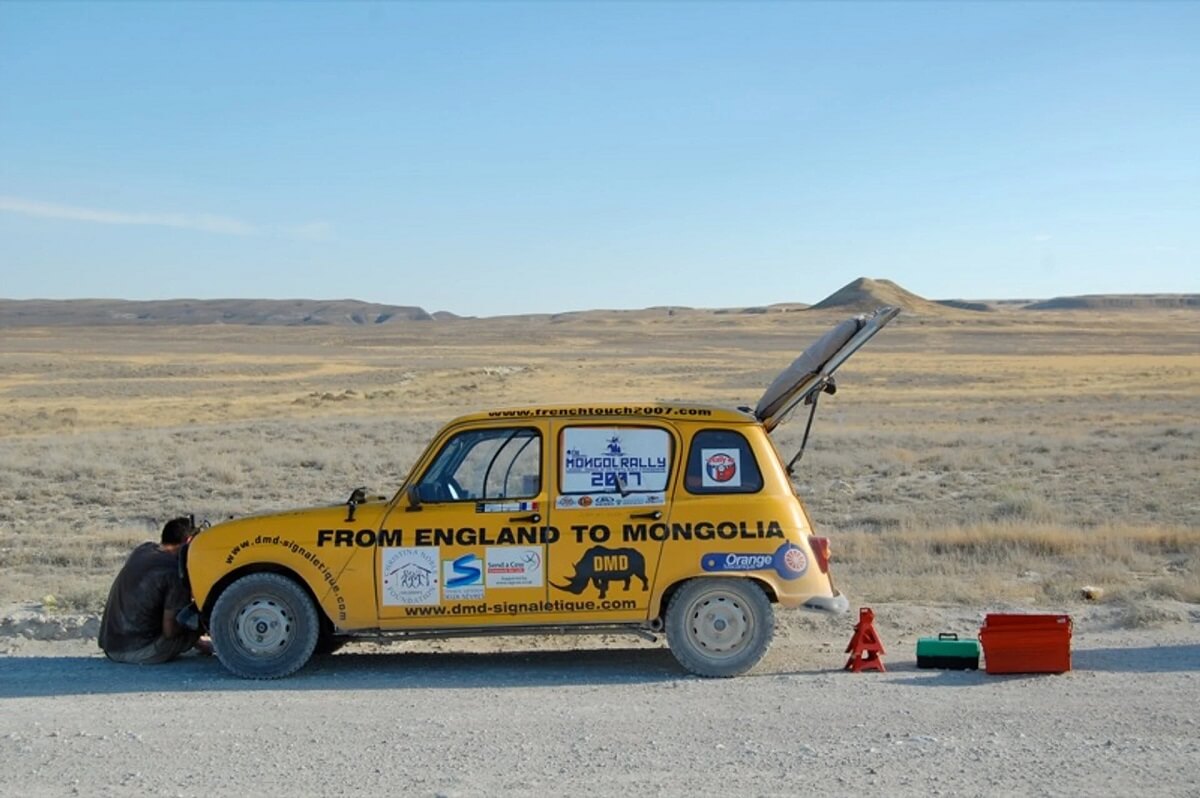The Mongols Yurt is more than a shelter—it’s a symbol of adaptability, culture, nomadic life, and its symbolic significance. Known as a ger in Mongolia, this circular dwelling has been the home of Mongolian people for thousands of years.
The unique structure, covered with felt and other materials, is in harmony with nature, built to withstand the cold winters and dry summers of the Mongolian steppe. With its portability, durability and spiritual significance, the Mongols yurt is a cultural treasure that still thrives in modern Mongolia.
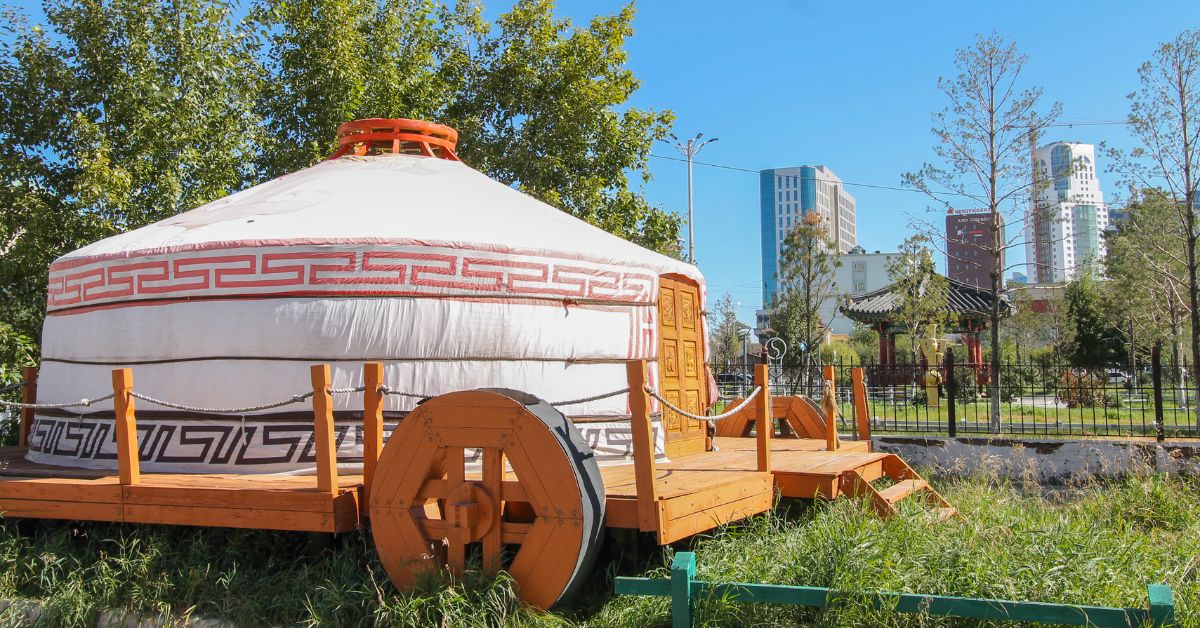
What is a Mongolian Yurt
A Mongolian yurt, also known as a mongolian ger, is a traditional portable dwelling used by nomadic people in Central Asia, particularly Mongolia. This unique structure is made from a wooden lattice frame and covered with layers of felt and canvas.
The yurt’s dome-shaped top, known as a toono, allows for ventilation and light. Designed to be easily transported and assembled, the Mongolian yurt is perfect for the nomadic lifestyle. The use of natural materials like wood, felt, and canvas, along with the central stove, makes the yurt a sustainable and eco-friendly option.
For centuries the Mongolian people have relied on these beautifully decorated dwellings to provide shelter and comfort in the harsh climates of the steppe, making the yurt a symbol of resilience and adaptability.
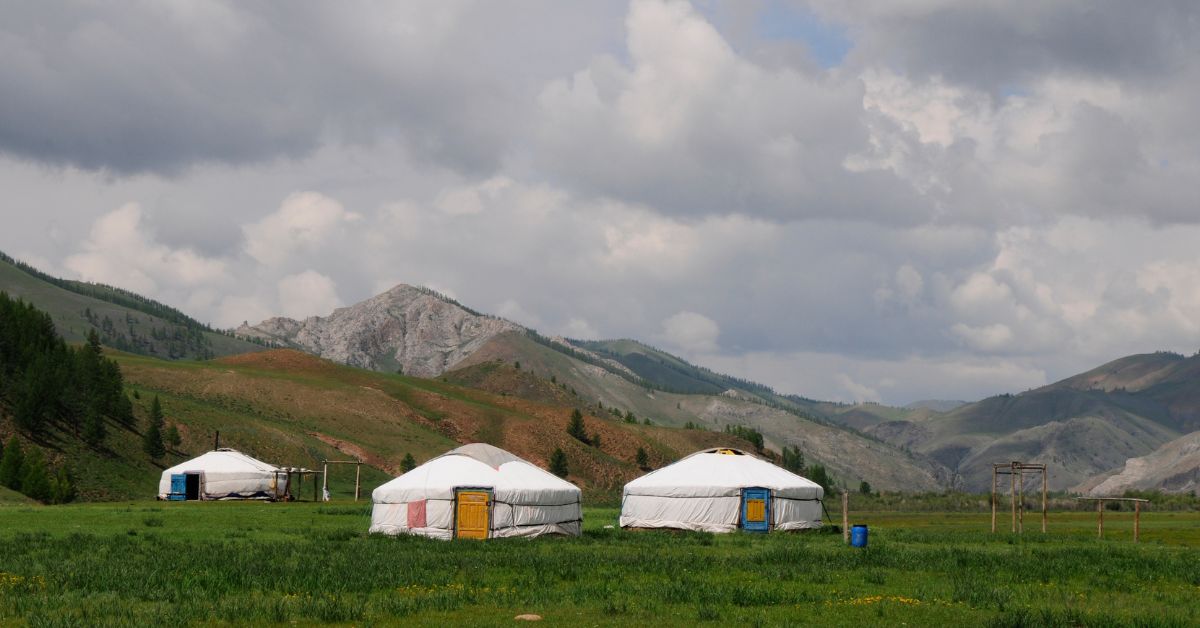
The History of Mongols Yurt
The history of the Mongols yurt goes back to the times of the Mongol Empire, when nomadic tribes needed portable dwellings to suit their mobile way of life. These early traditional yurts evolved with the Mongolian nomads, became part of their nomadic lifestyle.
Made to be easily transported, these yurts played a big role in the expansion and sustainability of the Mongolian tribes across Central Asia.
Turkic yurts also played a big role in the nomadic lifestyle of Central Asia, with different designs, materials and cultural significance.Over the centuries the design of the yurt has been refined while keeping its original shape.
The symbolism and practicality of the yurt made it a favorite structure with a rich history not only in Mongolia but also among Central Asian cultures, including Turkic tribes and other nomadic people.
The connection between the yurt and nomadic lifestyle is deep rooted in the social and spiritual practices of these communities.
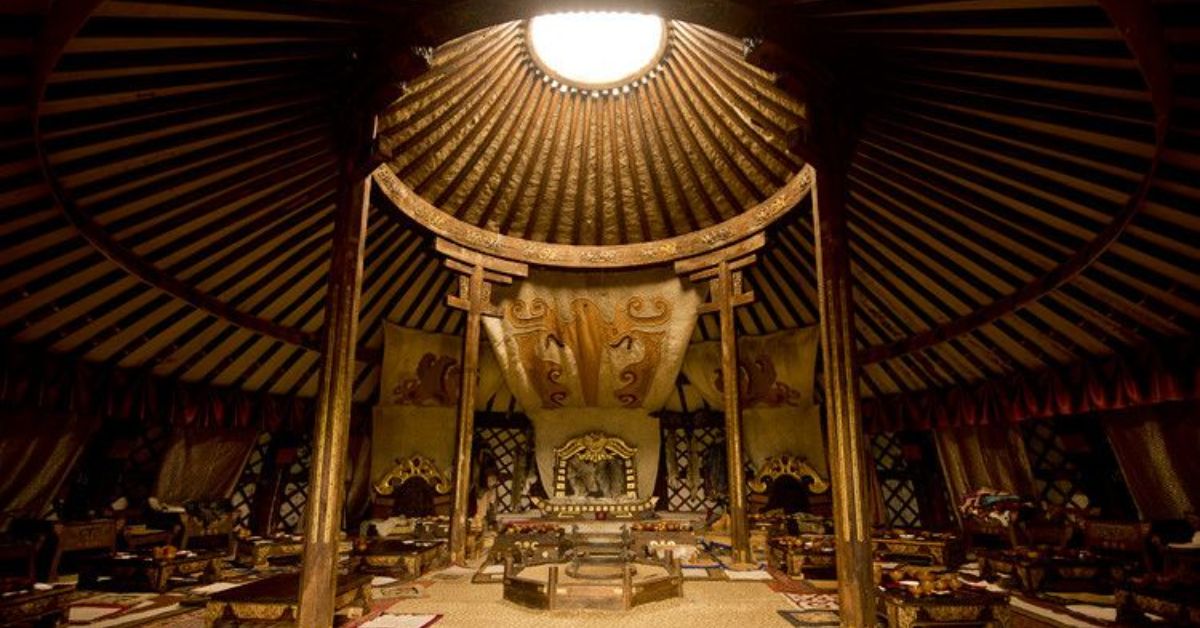
Design and Structure of Mongols Yurt
The architecture of the Mongols yurt is simple and sophisticated with unique features like curved walls and support pillars that makes it durable and insulated. Its circular shape can withstand strong winds and retain warmth.
At the core of the yurt is wooden lattice frames, roof poles and a central compression ring called the crown opening where sunlight and smoke can pass through.
These wooden parts are covered with layers of thick felt made from sheep’s wool that provides excellent insulation and makes the dwelling durable and comfortable in extreme weather conditions.
The walls of the yurt are made of a series of wooden slats that can be folded and unfolded for portability. A layer of canvas or white felt is placed on top, followed by black felt or waterproof layers during winter to further enhance the insulation.
These layers cover the yurt, creating a breathable yet weatherproof dwelling that is crucial for comfort in different weather conditions. The use of natural materials not only provides functionality but also makes the structure harmonize with the earth.
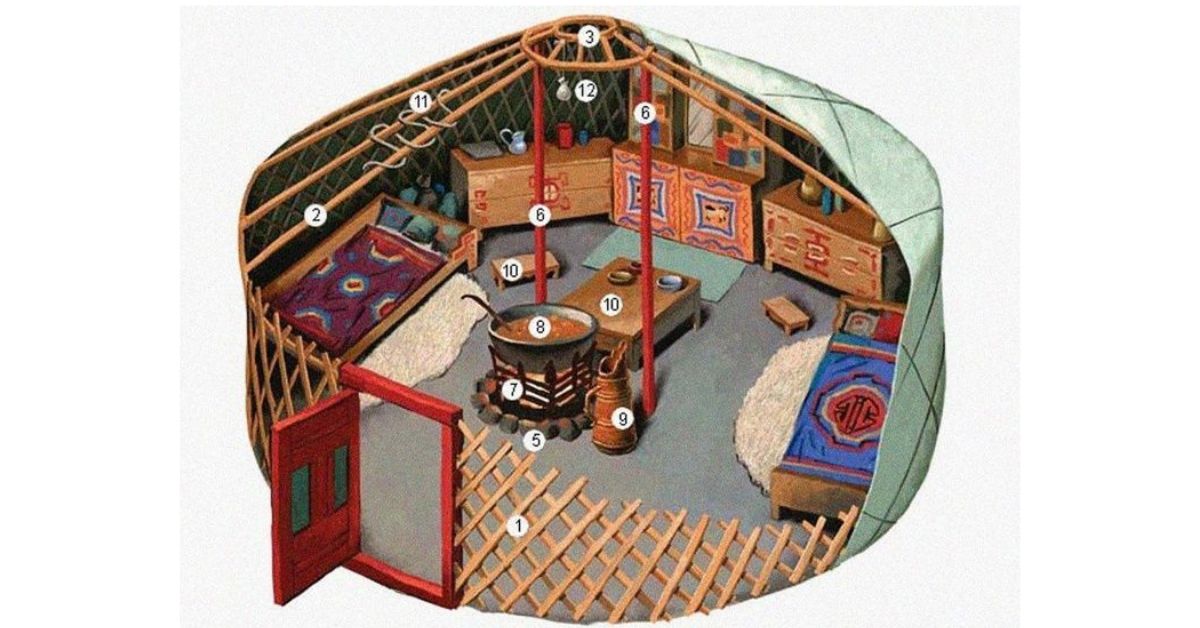
Inside the Mongolian Yurt: Layout and Lifestyle
Inside a Mongolian yurt is divided according to symbolic order. The center has the stove, placed in the middle of the yurt, essential for heating and cooking.
The northern part is considered sacred, while small stools, beds and furniture are arranged around the perimeter. The whole space reflects Mongolian culture, respecting family, earth and the sun.
Many Mongolian yurts have elaborately decorated interiors with hand-woven carpets, bright fabrics and painted woodwork. The furniture is low to the ground and everything inside the yurt has a specific place and purpose.The symbolic meaning of the yurt’s interior is connected to family roles, social structure and even seasonal activities.
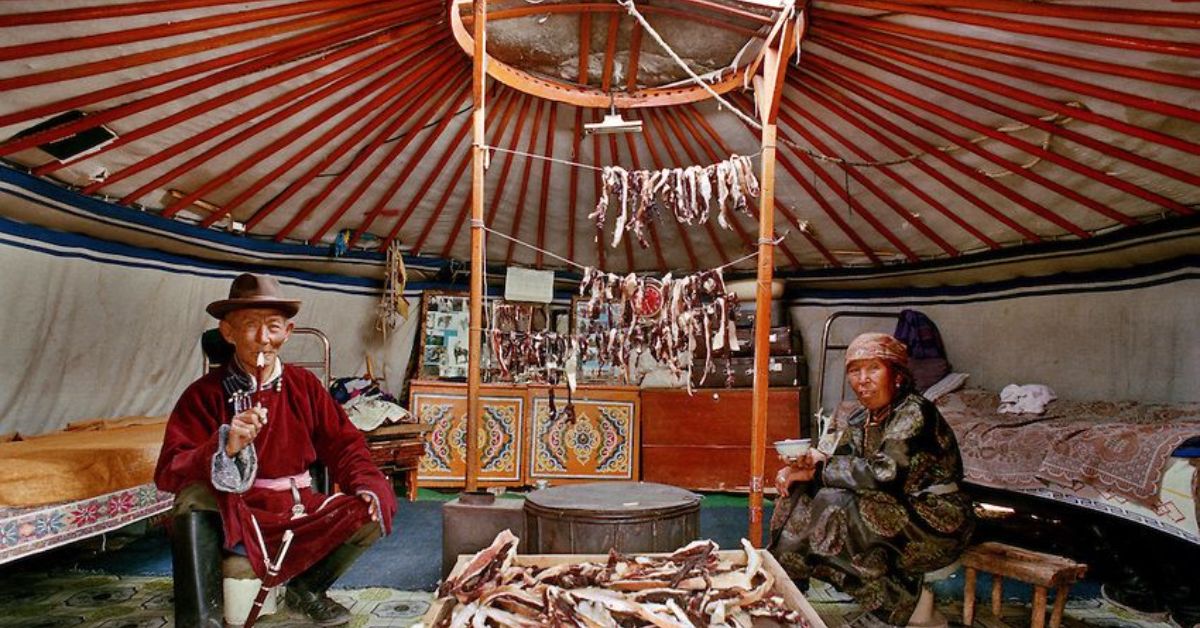
Felt Insulation and Climate Adaptation
One of the most impressive feature of a Mongols yurt is its felt insulation. This thick layer, often made of white felt or black felt, is breathable and water resistant.
In winter, the felt insulation retains heat well, keeping the interior warm, and in summer it keeps the interior cool. This adaptability makes the yurt perfect for the extreme temperature fluctuations of rural Mongolia.
In some cases layers of felt are added or removed depending on the season, allowing full climate control. The roof can also be opened or closed the crown opening depending on whether more sunlight or ventilation is needed.
This flexibility is the genius of the traditional Mongolian yurts.
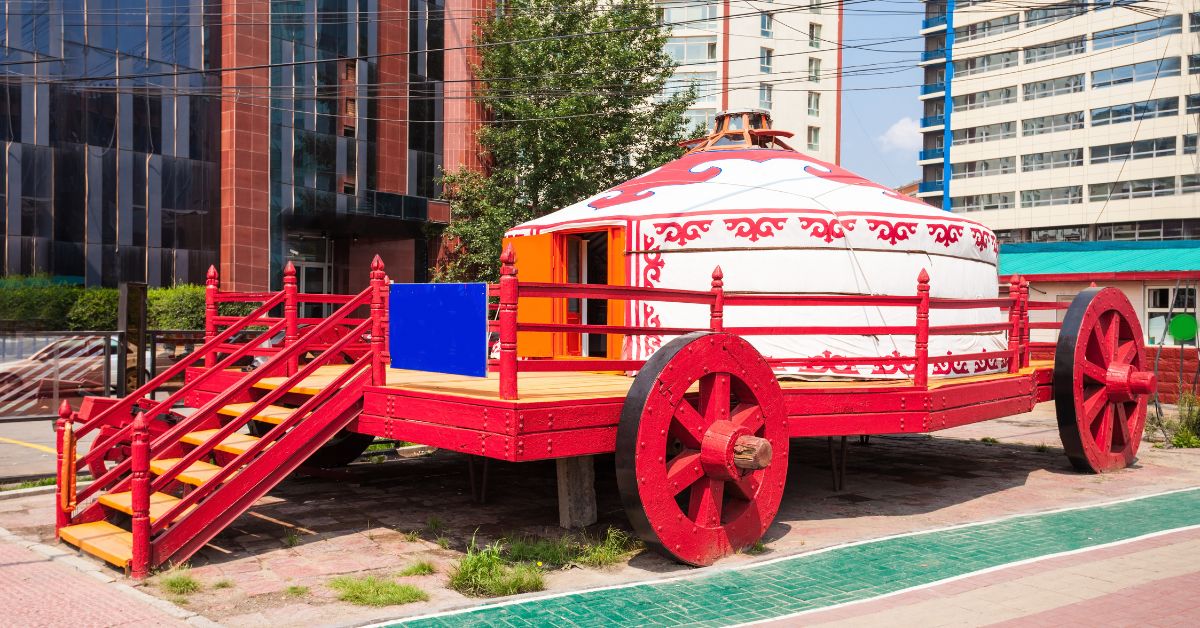
Symbolic Meaning of Mongols Yurt
To the Mongolian people, the yurt is not just a house—it is a sacred space. Every part of the structure has meaning, from the wood structure representing life to the walls symbolizing community. The ger is a spiritual center where family rituals, prayers and celebrations are held.
Fire is the first element installed during the assembly of the yurt, representing a sacred space that must be maintained, with big responsibilities placed on women in relation to fire. In this sense the Mongols yurt is a living expression of nomadic cultures and Central Asian traditions.
Visitors often feel calm and centered when entering a mongols yurt and many Mongolians consider it disrespectful to step on the threshold or to walk directly through the center. These customs show the spiritual and cultural value of the ger mongolian tent in daily life.
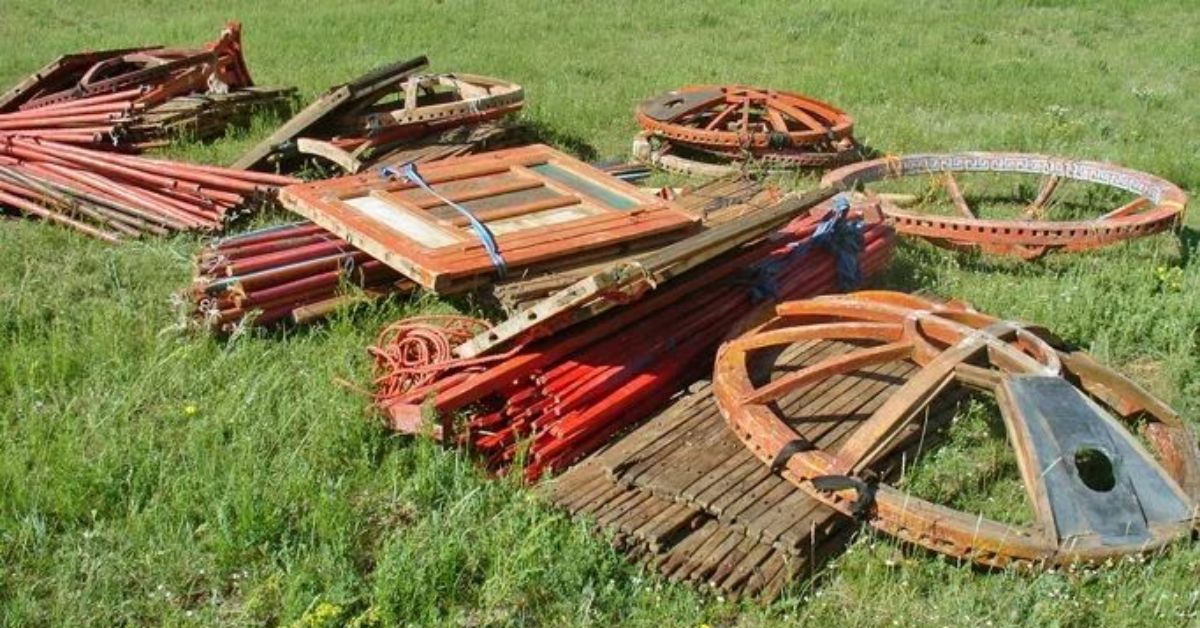
Ger Tent Mongolia: Urban and Rural Usage
While traditionally associated with nomads, the ger tent Mongolia has found its place in urban Mongolia as well. In cities like Ulaanbaatar, large areas called ger districts are populated by families living in these traditional Mongolian yurts.
Despite the development of modern apartments, many Mongolians prefer the ger for its warmth, affordability and cultural significance.Urban ger districts are home to a diverse population, including migrants from rural areas and low-income families.
These communities are often targeted by NGOs and government projects to improve living conditions without disrupting traditional way of life.
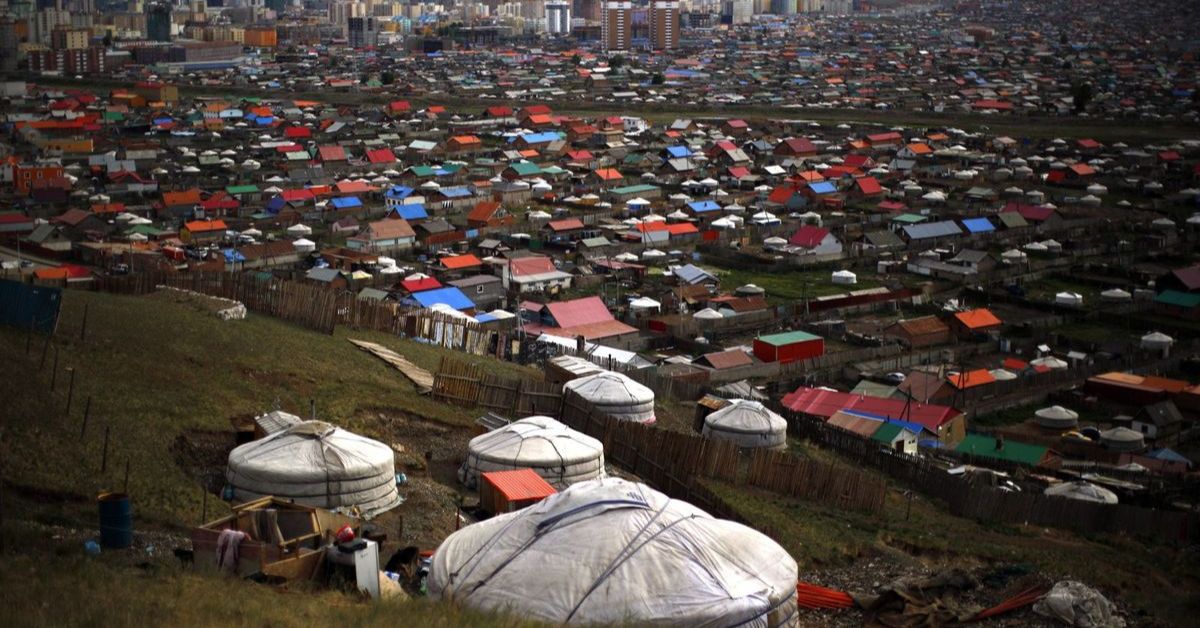
Mongols Yurt vs Other Tents
Unlike Mongolian tents which are round and robust and used as houses for nomadic cultures, tents in other countries are not as durable and insulated.
The ger Mongolian tent is designed for extreme climate, comfortable in winter and summer. Unlike camping tents, a Mongols yurt is a permanent yet portable dwelling, built for nomadic but family oriented lifestyle.
This is important when considering the global trend of “tiny homes” and minimalist living. The Mongols yurt is the original minimalist, eco-friendly dwelling long before modern sustainability trend emerged.
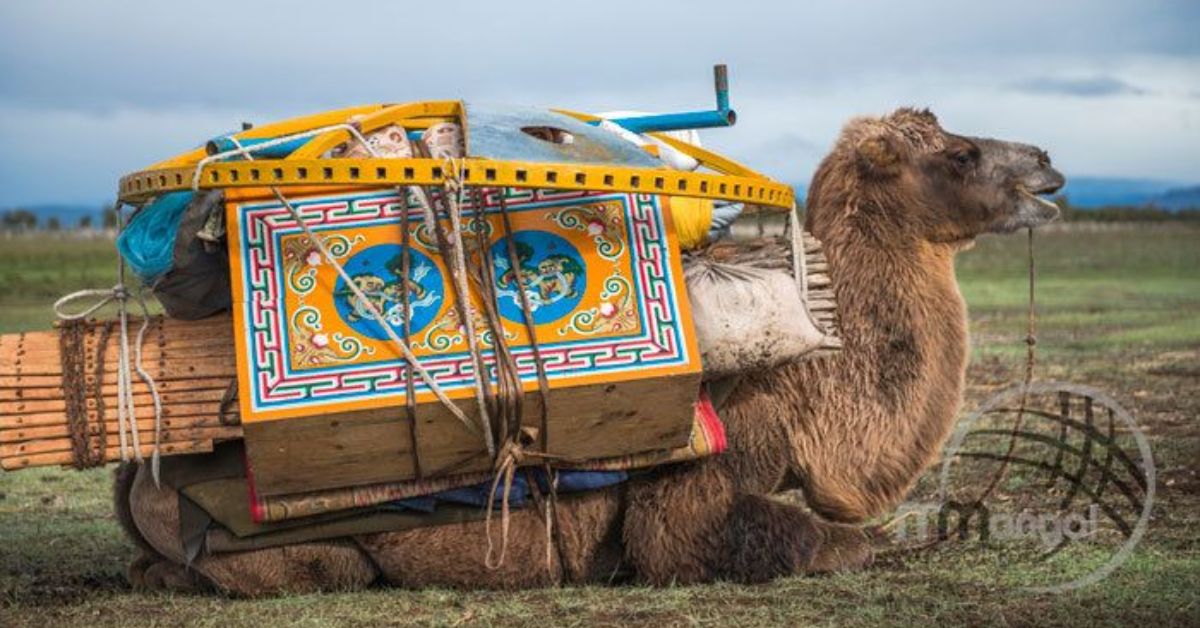
Global Expansion and Modern Yurts
Today modern yurts are popular outside Mongolia. Inspired by the Mongols yurt, eco-conscious travelers and sustainable living enthusiasts are turning to yurts made with modern materials.
These homes retain the essence of the ancient Mongolian yurt while incorporating features like solar panels, compost toilets and insulated flooring.
In Central Asian countries yurts are cultural heritage, but they are also popping up in other countries as glamping accommodations and alternative homes.
Northern China, particularly Inner Mongolia, is significant in the cultural geography of Central Asia, where ‘ger stays’ offer a rustic charm. Designers worldwide have adapted the traditional yurt design to modern context while maintaining the circular shape, central hearth and layered insulation.

Educational and Cultural Significance
The Mongols yurt has a long history of endurance, innovation and symbolic meaning. Used by nomadic people for centuries, it has stood the test of time.
The yurt’s story is also connected to the broader history of central Asian cultures, particularly Mongolia, where Mongolians live in harmony with nature and tradition.
Cultural institutions and tourism centers around the world use Mongols yurts to educate people about traditional Mongolian life. Museums, festivals and cultural exchange programs feature ger mongolian tents as immersive tools to convey the values and lifestyle of nomads.
Staying in a yurt allows visitors to feel a deep emotional connection with their surroundings, experiencing a sense of peace and joy that transcends cultural boundaries.
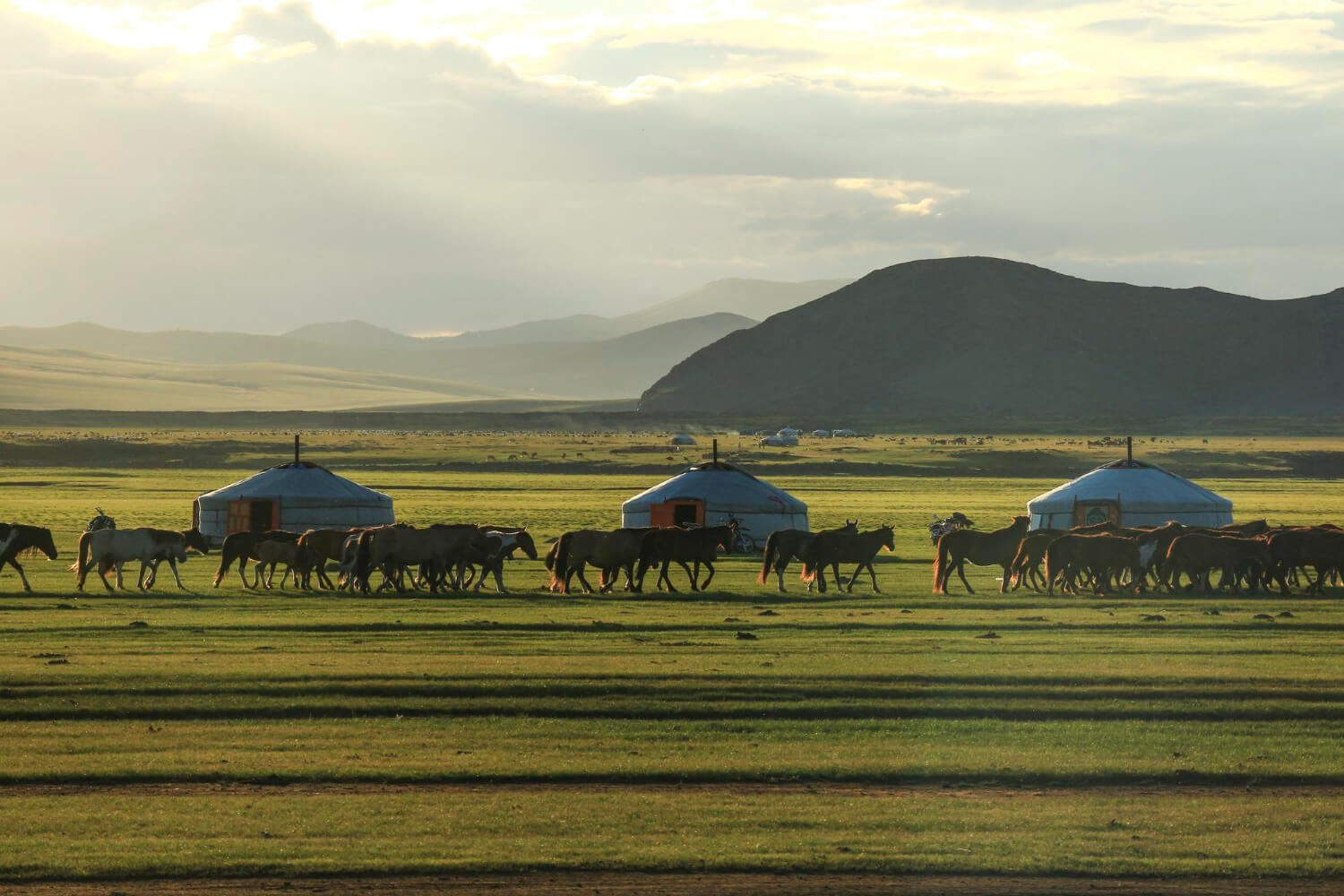
Daily Life and Traditions in Mongols Yurt
Life in a traditional yurt revolves around the family. The interior is organized to reflect nomadic lifestyle values, with clear gender roles and responsibilities.
Women often manage the interior—cooking on the stove, arranging the furniture and caring for children.
Men tend to livestock and ensure the yurt is structurally sound. The ger is not just a dwelling, but a dynamic center of life, culture and family.
The yurt hosts family events like weddings, seasonal festivals and even funerals. Visitors often find themselves being half tourists and half couriers, delivering supplies while enjoying the cultural experience.
It serves as a schoolhouse, place of worship and social hub. The presence of the stove at the center is both practical and symbolic—providing warmth and bringing people together.
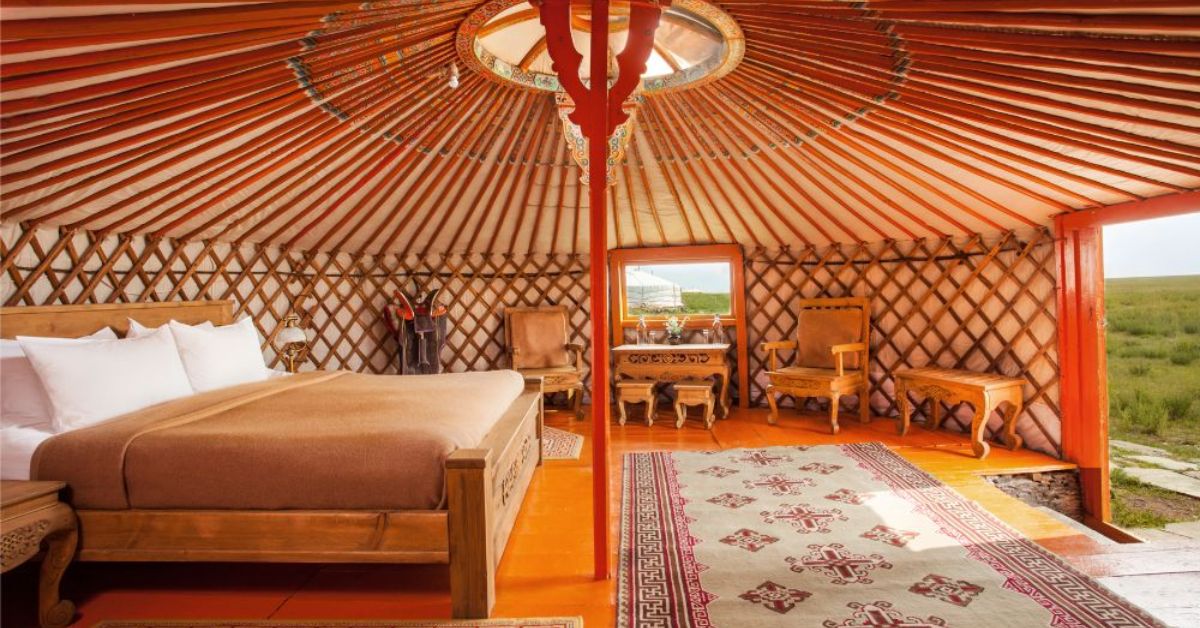
Sustainability and Environmental Impact
Another beautiful aspect of the Mongols yurt is its compatibility with the environment, starting from the outer layer to the inner structure . Built from wood, felt and other natural materials and covered with these materials, the yurt leaves minimal ecological footprint.
Its design is a masterclass in sustainability. The wooden slats and walls can be easily assembled or dismantled, enabling nomads to relocate without damaging the land.
This sustainability aspect makes Mongols yurts increasingly appealing to eco-conscious builders. From the outer layer to the roof, every element of the yurt serves both functional and environmental purposes.
As interest in low-impact living grows, more people are turning to yurts as viable housing alternatives.
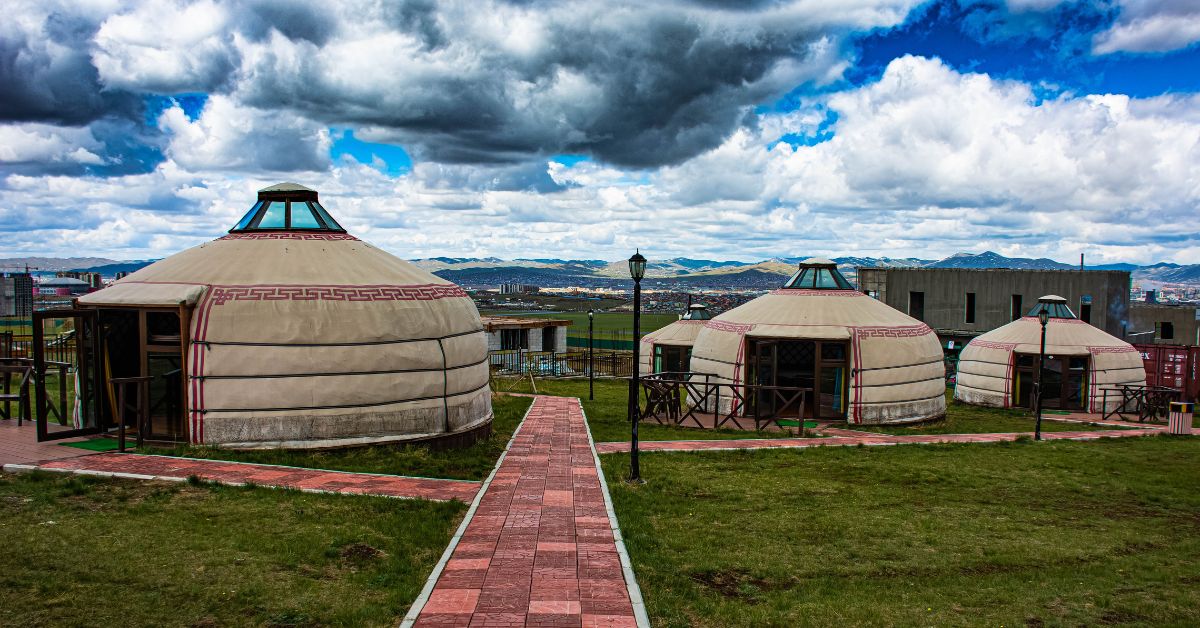
Cultural Preservation Through Mongols Yurt
The continued use of the Mongols yurt helps preserve Mongolian culture in an era of rapid modernization.
Educational programs, cultural tourism and heritage projects often use traditional Mongolian yurts to teach younger generations and foreigners about the enduring legacy of the Mongolian ger. Through stories, songs and craftsmanship the yurt becomes a tool for cultural transmission, similar to the significance of the traditional Mongolian belt and its role in representing Mongolian heritage.
Artisans still pass down traditional skills for building wooden parts, weaving felt and decorating the interior. The yurt thus acts as both a living space and a cultural artifact.
Tourism and Yurt Stays
Mongolian yurts have become a popular choice for tourists seeking a unique and immersive cultural experience. Many tourist accommodations in Mongolia and other Central Asian countries offer the opportunity to stay in traditional Mongolian yurts.
These yurt stays allow visitors to experience the nomadic lifestyle firsthand and learn about the rich history and cultural significance of the Mongolian yurt.
Some tour operators also offer yurt stays in rural Mongolia, where visitors can experience the traditional way of life and interact with local nomadic families.
Staying in a Mongolian yurt provides a unique opportunity to connect with nature and gain a deeper understanding of the local culture and traditions.
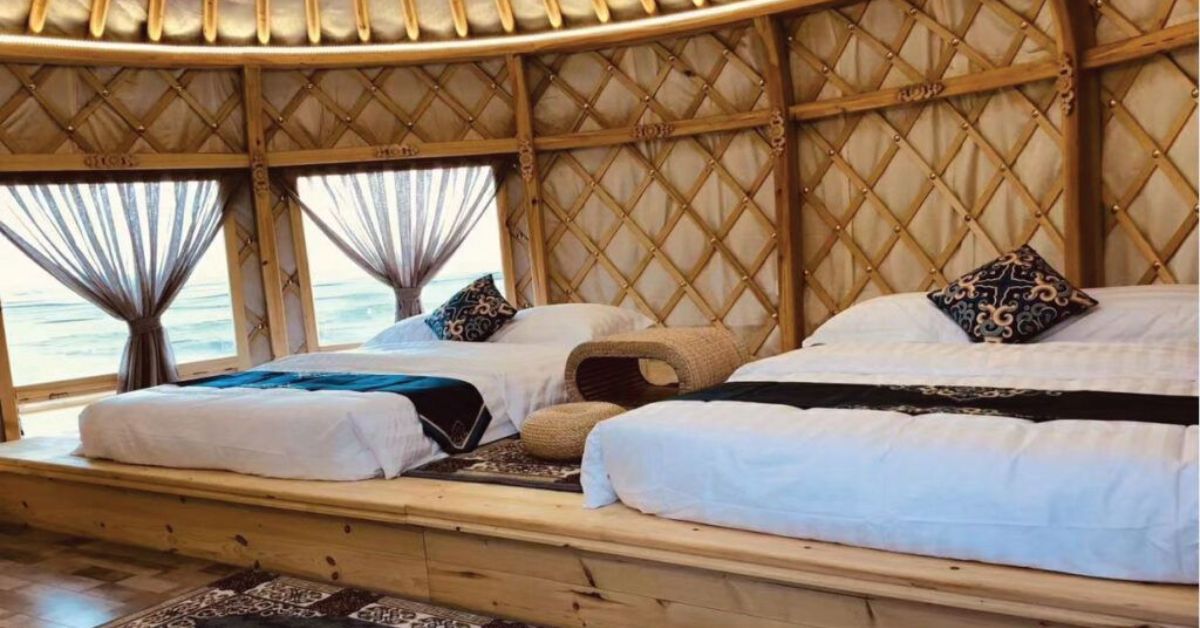
Size and Price Options
Mongolian yurts come in various sizes, catering to different needs and preferences. From small, cozy yurts suitable for a couple to large yurts that can accommodate extended families or groups, there is a yurt for every occasion.
The size of a yurt is determined by the number of wall pieces, with common options including 4-wall, 5-wall and 6-wall yurts. The price of a Mongolian yurt varies depending on the size, materials and features.
Traditional yurts made from natural materials such as wood and felt tend to be more affordable, while modern yurts made with synthetic materials can be more expensive.
On average a small Mongolian yurt can cost between $500 to $1,000, while a large yurt can cost upwards of $5,000, making them accessible to a wide range of budgets.
Maintenance and Pest Control
Maintaining a Mongolian yurt is important to ensure its longevity and comfort. The felt covering should be replaced every 5-7 years and the wooden lattice frame should be checked and repaired as needed.
Pest control is also important as the felt and canvas coverings can attract insects and rodents. Regular cleaning and inspection can prevent pest infestations.
Natural pest control methods such as essential oils and diatomaceous earth can be effective in keeping pests away.
Also, storing the yurt along with its roof poles in a dry, well-ventilated area when not in use can prevent moisture buildup and damage, so the yurt remains in good condition for years to come.

Foundation and Transportation
Mongolian yurts are designed to be portable and can be easily transported and assembled on various foundations, including wooden platforms, concrete slabs and even grass.
The yurt can be anchored to the foundation using ropes and stakes and the use of a door frame and one or more columns can provide additional support and stability.
When transporting a Mongolian yurt it is important to disassemble the structure and pack the components carefully to prevent damage.
Using a trailer or truck can make transportation easier and consulting with a professional can ensure the yurt is transported and assembled correctly.
This portability and ease of assembly makes the Mongolian yurt a versatile and practical dwelling for both nomadic and stationary lifestyles.
Conclusion: The Everlasting Spirit of Mongols Yurt
From its origins in the heart of the Mongol Empire to its role in ger districts and international eco-communities, the Mongols yurt is a powerful symbol of resilience, identity and ecological wisdom.
Whether used as a ger tent Mongolia or adapted into a modern yurt, this unique dwelling continues to fascinate and inspire. Traditionally the door of the yurt faces south, aligning with cultural and historical significance.
The mongols yurt is more than a shelter—it is a statement of life, family, nature, and tradition, illustrating how mongolians live, wrapped in layers of felt, held together by wood and carried in the hearts of Mongolians everywhere.
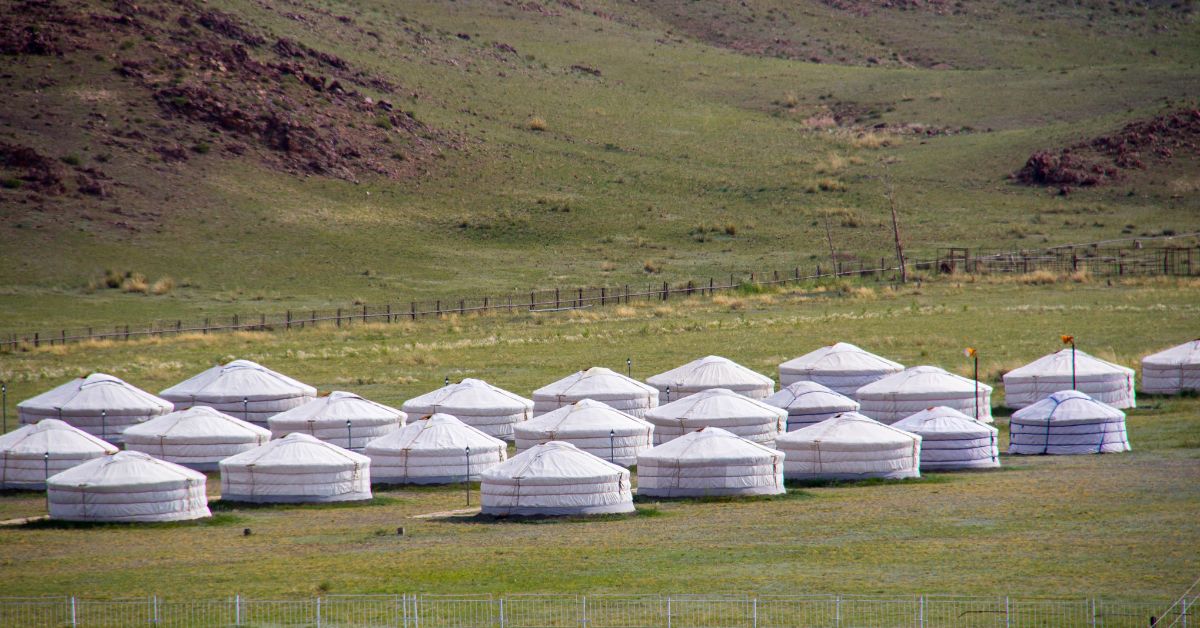
If you would like to experience more about Mongolian yurts, check the following links:
- What Is Inside In A Yurt: A Look At Mongolian Yurts
- What is Mongolian Ger – A Symbol of Cultural Heritage and Sustainable Living
- Teepee Mongolia: The Mysterious and Traditional Dwellings of the Central Asian Steppes
- All about Ger Camp: Discover the Magic of a Ger Camp in Mongolia
- Best Sites for Camping in Mongolia
